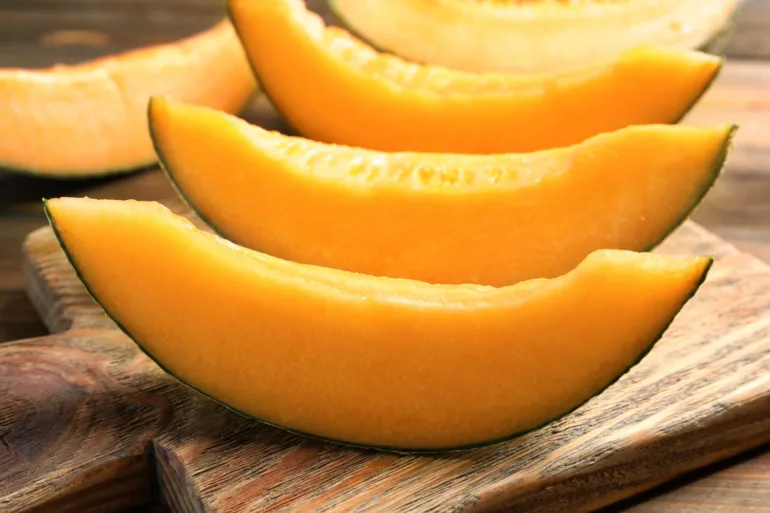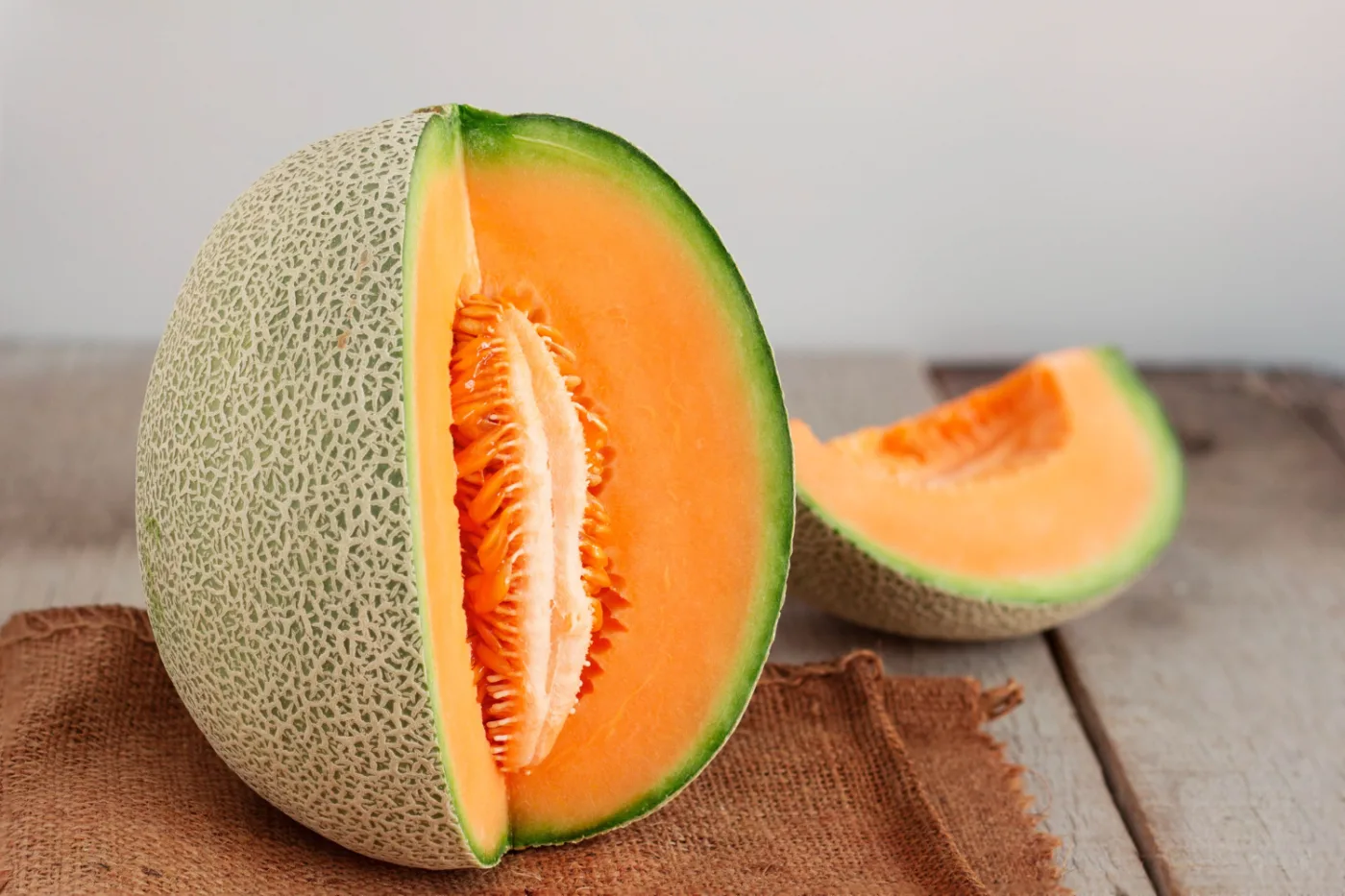How to know if a melon will be really sweet and juicy? Learn how to choose a juicy melon!
Why it's high time you learned to choose melon, which will be juicy and sweet? In the summer, melon often becomes an indispensable part of the diet because of refreshing taste and high liquid content. It is popular as a standalone meal, an addition to salads, or a quick dessert.
A chilled slice is pleasantly refreshing and replace fluid at high temperatures. In addition, it contains vitamins A and C, as well as fiber and antioxidants.
At the melon external appearance often deceives. Pale flesh, too much water or hidden moldy spots are not uncommon. Only a few clear signs show which fruit will be truly juicy and safe to eat.
The wrong choice or careless handling can quickly affect taste and safety. Many melons on the shelves look similar, but the difference in quality can be very obvious.
How to recognize a ripe and juicy melon
First, the color should be checked. The surface should be evenly beige, yellowish or cream. If it is greenish, the fruit is not ripe. A ripe fruit will be surprisingly heavy for its size. This weight is a sign that it contains enough juice.
The surface should be firm to the touch, but slightly flexible when pressed with your fingers. A completely hard rind or soft spots are a sign that the melon is not in optimal condition.
Smell check is one of the most reliable methods. A mild sweet smell should be detected in the part where the stalk was attached. If it is absent, the taste will often be bland.
Why a thorough wash is always necessary
Although the rind is not eaten, it can be bacteria from the surface They get on the flesh when cutting. Therefore, it is essential to wash the melon thoroughly before preparing it. Under cold water it must be washed from all sides.
Use a sponge or brush to remove any remaining soil and any dirt. For added safety, it is advisable to use a solution of water and a little vinegar and quickly wipe the surface. Once the fruit is washed, it should be dried with a clean cloth or paper towel. This reduces the chance of transferring bacteria to the edible part.

Mess-free cutting process
At the beginning, it is advisable to remove the thin layers at both ends to make the melon stand stable. Then, with a long, sharp knife, carefully cut it lengthwise. The core with the seeds is cavities with a spoon.
It is advisable to cut the halves into quarters. If intended for direct use, the rind is removed and the flesh is cut into cubes or slicesFor decorative purposes, special spoons can be used to make balls, which work well in fruit salads or as a snack.

Proper storage to maintain freshness
Sliced melon should be harvested immediately in refrigerator. It is recommended to use a closed container to prevent absorption of other odors and drying out. This way the prepared pieces remain edible. maximum three days.
If the melon is very ripe or there is an excess quantity, it can be freezeThe pieces are spread out on a tray, pre-frozen, then transferred to a bag or sealed container. The fruit prepared in this way is useful for smoothies or as a cold addition to breakfast.





